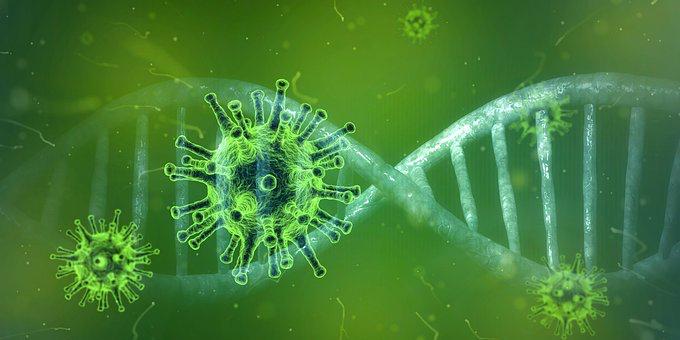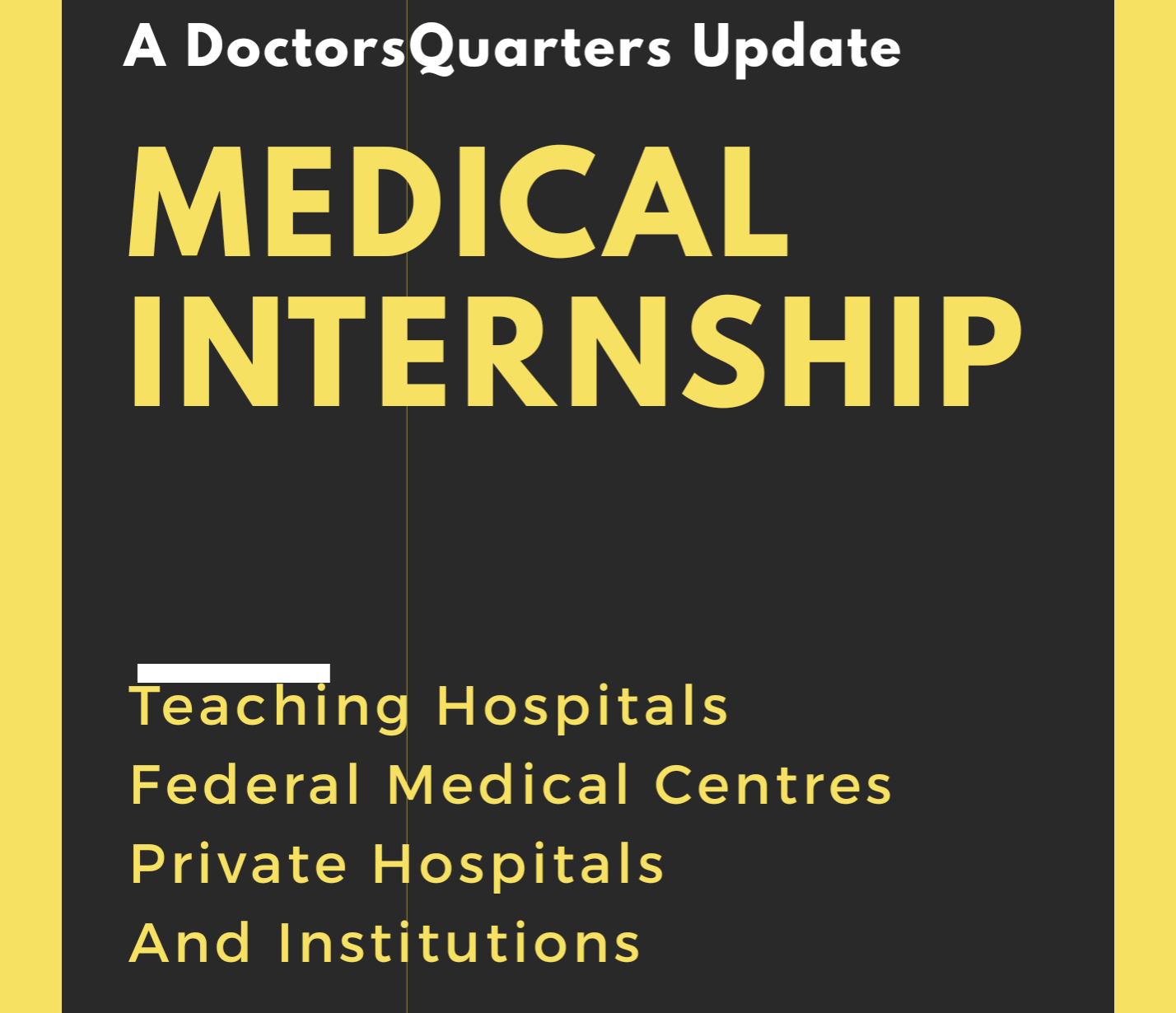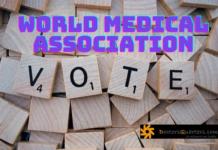Hello, I will be sharing a talk session shared by Bob Shaddy, chief of cardiology at The Children’s Hospital of Philadelphia at the pediatric cardiovascular update conference in Orlando, Florida, titled “When Bad Things Happen to Good Hearts.”
five different topics were discussed:
Myocarditis. Myocarditis in children is an uncommon but devastating problem. We still believe that the cause of myocarditis is a virus that infiltrates the heart muscle. All care for myocarditis, unfortunately, is still just supportive. We don’t have any great treatments for eliminating the virus or the inflammation, so our care at this time is supportive, and we hope that the illness will take its course. Most children will recover. We need more treatment options for myocarditis; research is underway.
Sickle cell anemia. Sickle cell anemia is a common disease in the African-American population, although cardiovascular complications of sickle cell anemia are uncommon in childhood, occurring mostly in adults. Pulmonary hypertension is uncommon, but when it does occur, it requires treatment. Children with sickle cell anemia can have ventricular dilatation and compromised function related almost exclusively to the degree of anemia. We don’t often see iron overload as a complication of transfusion, so patients should continue to be transfused as judged necessary by the hematologist to minimize the side effects of a very anemic cardiovascular system.
Anthracycline toxicity. Unfortunately, the best drugs that we have for treating cancer negatively affect the heart. Anthracyclines have been around for decades, and despite efforts to find better medicines, these drugs are still the best treatments for curing cancer, so we have to live with the potential side effects in children and adults. Although outright heart failure only occurs in approximately 5% of patients, we need to find better ways not only to prevent it from occurring but to treat it when it does occur. Currently, we have only standard heart failure treatment options, which aren’t always best to use.
Rheumatic heart disease. In the United States, rheumatic heart disease is not as common as it is in developing countries around the world, where it is an enormous problem. Rheumatic heart disease is the result of a group A streptococcal pharyngitis, which is typically either mild or asymptomatic, although the infection can affect the heart, particularly the heart valves. Thus, rheumatic heart disease is a disease of the heart valves, mainly the aortic and mitral valves. The biggest problem with rheumatic heart disease is diagnosing it and treating it early. Many efforts are underway in developing countries to either eradicate group A strep infection with a vaccine or diagnose it early and make sure that affected children and adults are put on prophylaxis to prevent recurrences because the disease is much worse when it recurs.
Kawasaki disease. Kawasaki disease was first discovered nearly 50 years ago, but we still do not know its etiology. There are many theories, but none of them have panned out, so we are treating a disease for which we don’t know the cause. The worst manifestations of Kawasaki disease—aneurysms of the coronary arteries—occur in less than 10% of patients. Some treatments were developed many years ago (such as intravenous immunoglobulin that reduces the risk for coronary artery disease); however, we have not found a cure for Kawasaki disease. Coronary artery aneurysms (particularly giant aneurysms) are an enormous problem that can result in the need for heart transplantation. Our goals, therefore, now are to continue to look for a cause of this disease so that we can find a cure and to minimize the worst side effects of Kawasaki disease.
REFERENCE : MEDSCAPE NEWS































